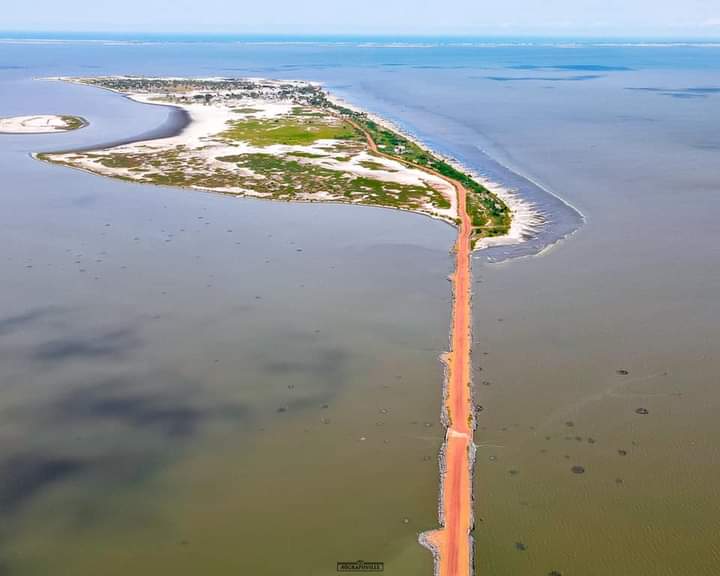Seva is a beautiful island situated in the Keta District, now a municipality in the Volta Region of Ghana.
The island which forms the archipelago of the Keta Lagoon has a space of around 2.7 square miles.
The village offers a variety of attractions, including sandy shores, general cleanliness, and Ewe storytelling. It is also a good spot for birdwatchers since many wandering birds make a stopover at the serene environment.
Seva residents are Ewe who originated in Notsie in the Republic of Togo. The divisions of Seva are in the north (Adziehe) and south (Anyiehe).
However, from oral tradition and artifacts, particularly those of the early chiefs and wars, one cannot establish a time frame. The colony is predicted to must have started earlier than 1700.
Seva is home to the Lotsu Makwa, Adzomani, and Adoblanui-Xornyo Chieftaincy Stools. The Lotsu Makwa Stool is also known as the Senior Chief Stool or Dufia Stool.
The current occupant of the Adzomani Stool is Togbi Adzomani II, while the Adoblanui-Xornyo Stool has a regent, Gabriel Agbewole (Abbeworle), the last occupant of the Stool, Togbi Atsapo-Xornyo, known in private life as Richard Kofi Atsakpo, having died on December 24, 2013.
The AME Zion Church was the first organization established in Seva, coupled with a junior high school.
A sizable population of Anlo-Ewe speakers lives there and their primary occupation is making kete cloth and fishing.
Crabs, shrimps, and tilapia are caught in the Keta Lagoon. The area is a critical area of salt production in the Keta area.
The main mode of transportation was sailboats before the town was connected by a feeder road to Anyako-Konu.
According to folklore, the stones on Seva’s beach cannot be transported to the mainland by boat.
They say the island’s gods forbid it, anyone who attempts to carry stones across the sea in defiance of the gods will suffer the repercussions of their actions.
Seva residents are also eminent for their skills in dance and music. They are experts at singing halo songs and playing the African rattle music (xatsevu) (songs of abuse).
It was one of the renowned locations for the weaving industry among the Ewe people which were frequented by Yoruba and Hausa traders. The main clientele traveled from Nigeria to the Keta and Agbozume markets in the Volta Region, Ghana.
Picture Credit: 40graphville Source: wikipedia
